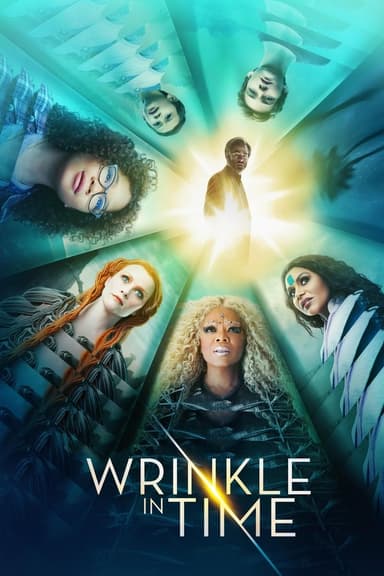
The Little Vampire
2000 • Adventure, Comedy, Family, Fantasy • G
Based on the popular books, the story tells of Tony who wants a friend to add some adventure to his life. What he gets is Rudolph, a vampire kid with a good appetite. The two end up inseparable, but their fun is cut short when all the hopes of the vampire race could be gone forever in single night. With Tony's access to the daytime world, he helps them to find what they've always wanted.
Runtime: 1h 35m
Why you should read the novel
If you loved the whimsical world and quirky characters of The Little Vampire film, the original novels offer even greater adventures to enjoy. Angela Sommer-Bodenburg’s books invite you into an imaginative, sometimes spooky universe brimming with warmth and personality. The stories delve deeper into the lives of Tony, Rudolph, and their families, expanding the magical world beyond what the movie covers.
Reading the books, you'll discover more about the motivations and backgrounds of each character. With rich storytelling, each chapter provides a fresh perspective on vampires and friendship, often mixing humor with gentle suspense. The author’s engaging style keeps readers eagerly turning pages, experiencing the joys and challenges of growing up—vampire or human alike.
Unlike the movie, the book series allows for a more thoughtful exploration of its themes and social messages, all while maintaining a charming, adventurous spirit suitable for young readers and nostalgic adults. Picking up The Little Vampire novels means experiencing a beloved classic as it was originally imagined.
Adaptation differences
One of the main differences between The Little Vampire movie and the original book lies in the setting and nationality of the characters. The film transferred the story to Scotland and reimagined the protagonist, Tony, as an American boy adapting to a new country, which creates a culture shock scenario as part of the plot. In contrast, the books are set in Germany, with Tony, known as Anton, as a German child, giving the narrative a distinctly European flavor.
The storyline and tone also diverge in significant ways. The film places greater emphasis on action and slapstick humor, appealing to a wider family audience and infusing the story with more adventure sequences, such as flying chases and dramatic confrontations with the vampire hunter. The book, meanwhile, relies more on character development, subtle humor, and atmospheric suspense rather than overt action.
Character relationships are depicted differently as well. The movie invents moments and sometimes compresses story arcs or merges characters for cinematic convenience. In the novels, Tony/Anton and Rudolph’s bond develops more gradually and is given deeper emotional and psychological exploration. Additionally, the book series introduces readers to a broader cast of vampire family members, whose personalities and stories are expanded across multiple volumes, unlike the streamlined approach of the film.
Finally, the themes covered in the books can be more nuanced than the adaptation suggests. Readers of the original story encounter reflections on isolation, acceptance, and the challenge of being 'different' in society. The movie, while still sharing these messages, tends to wrap them up in a lighter, more digestible style with a clear-cut happy ending. The literary series invites readers to linger in its world and contemplate these deeper meanings at their own pace.
The Little Vampire inspired from
The Little Vampire
by Angela Sommer-Bodenburg










